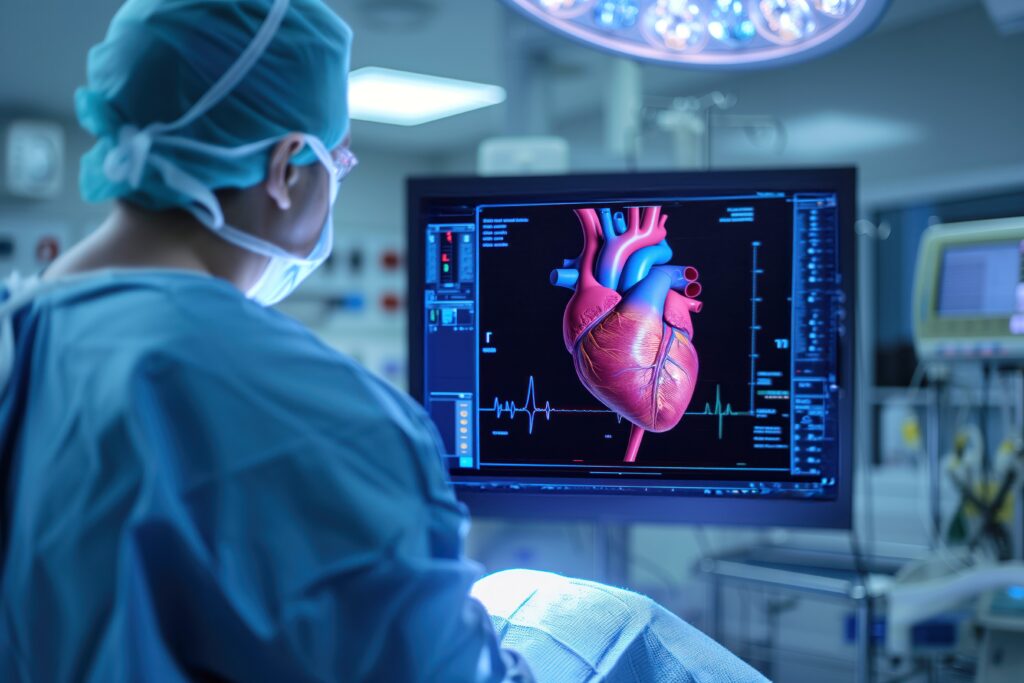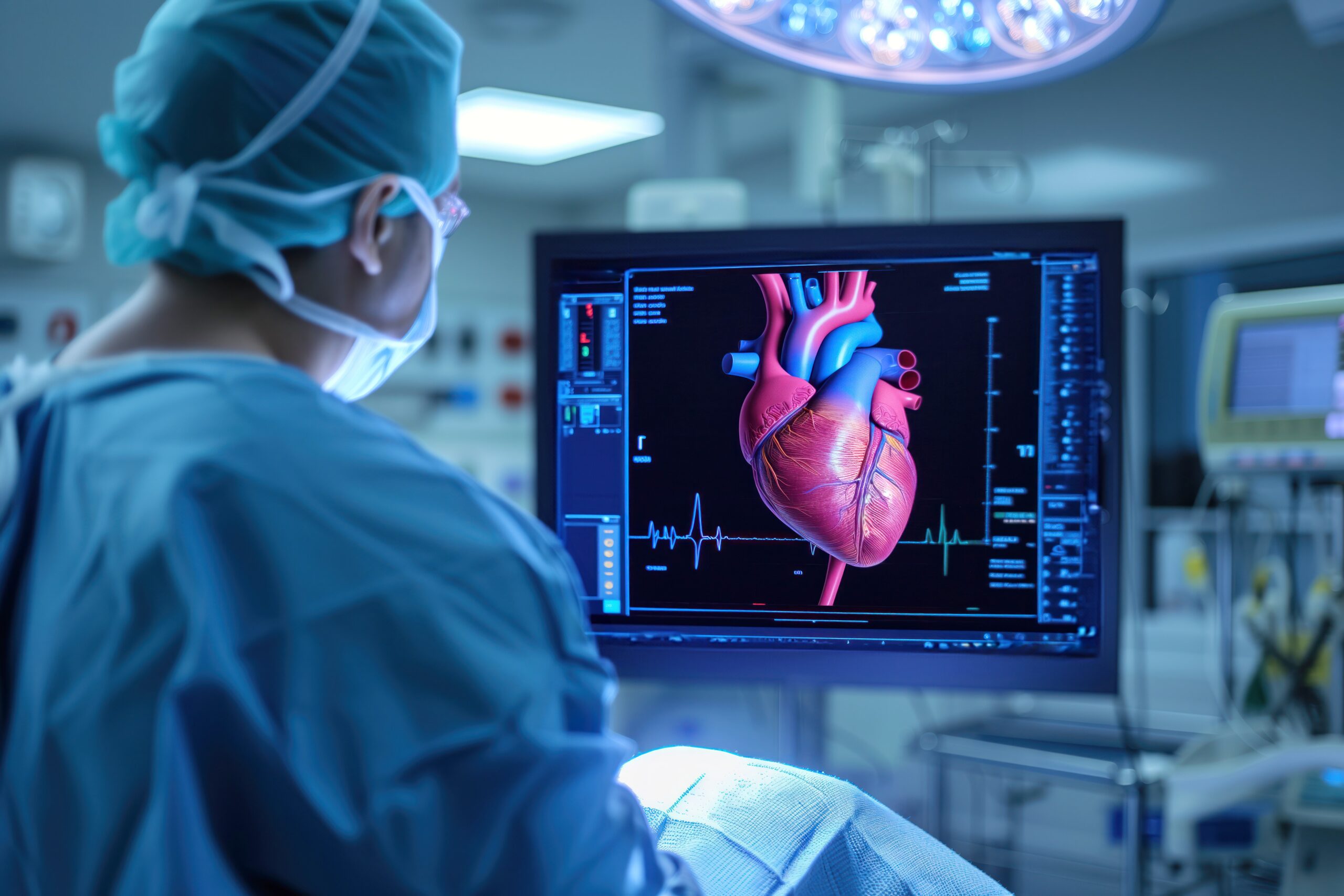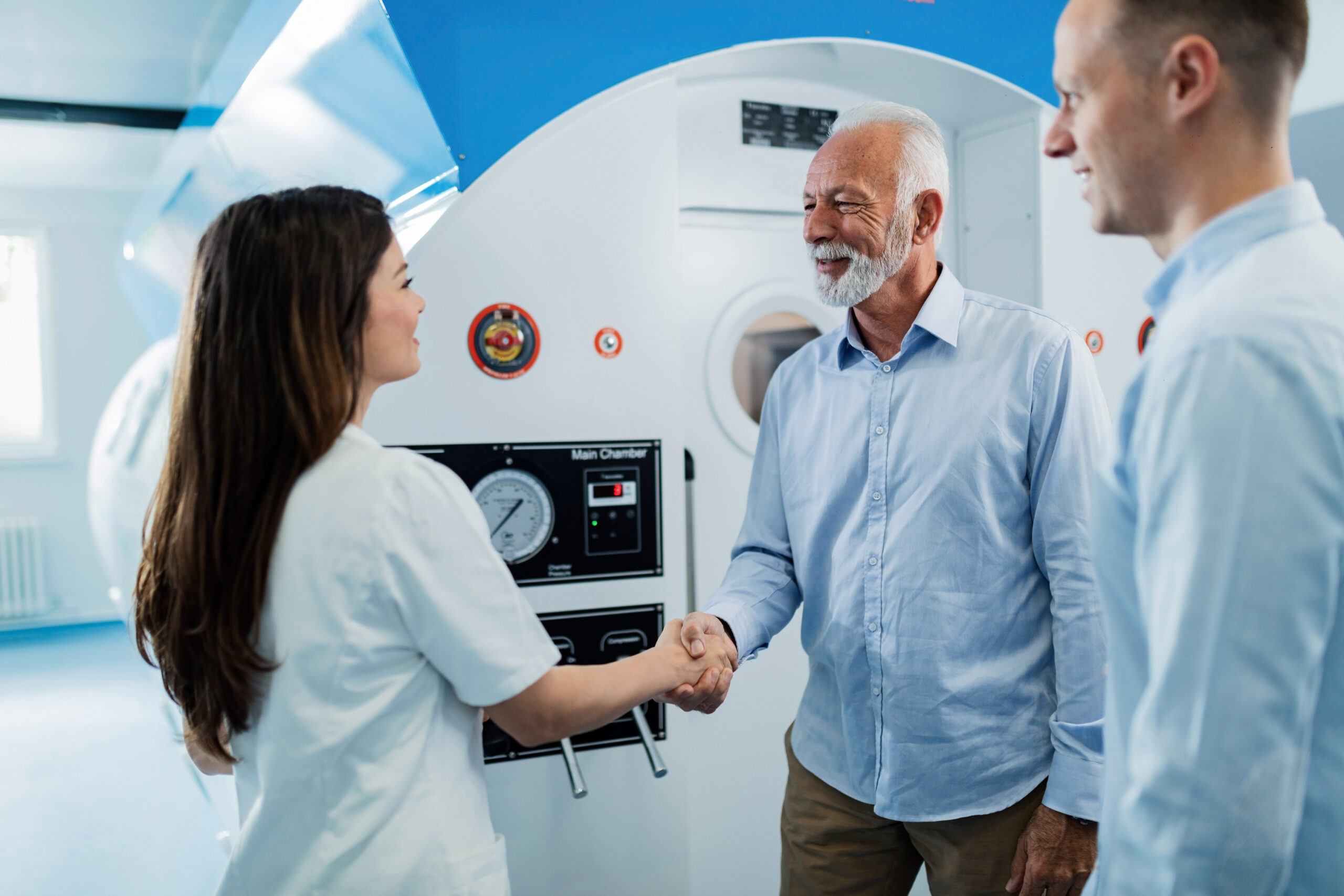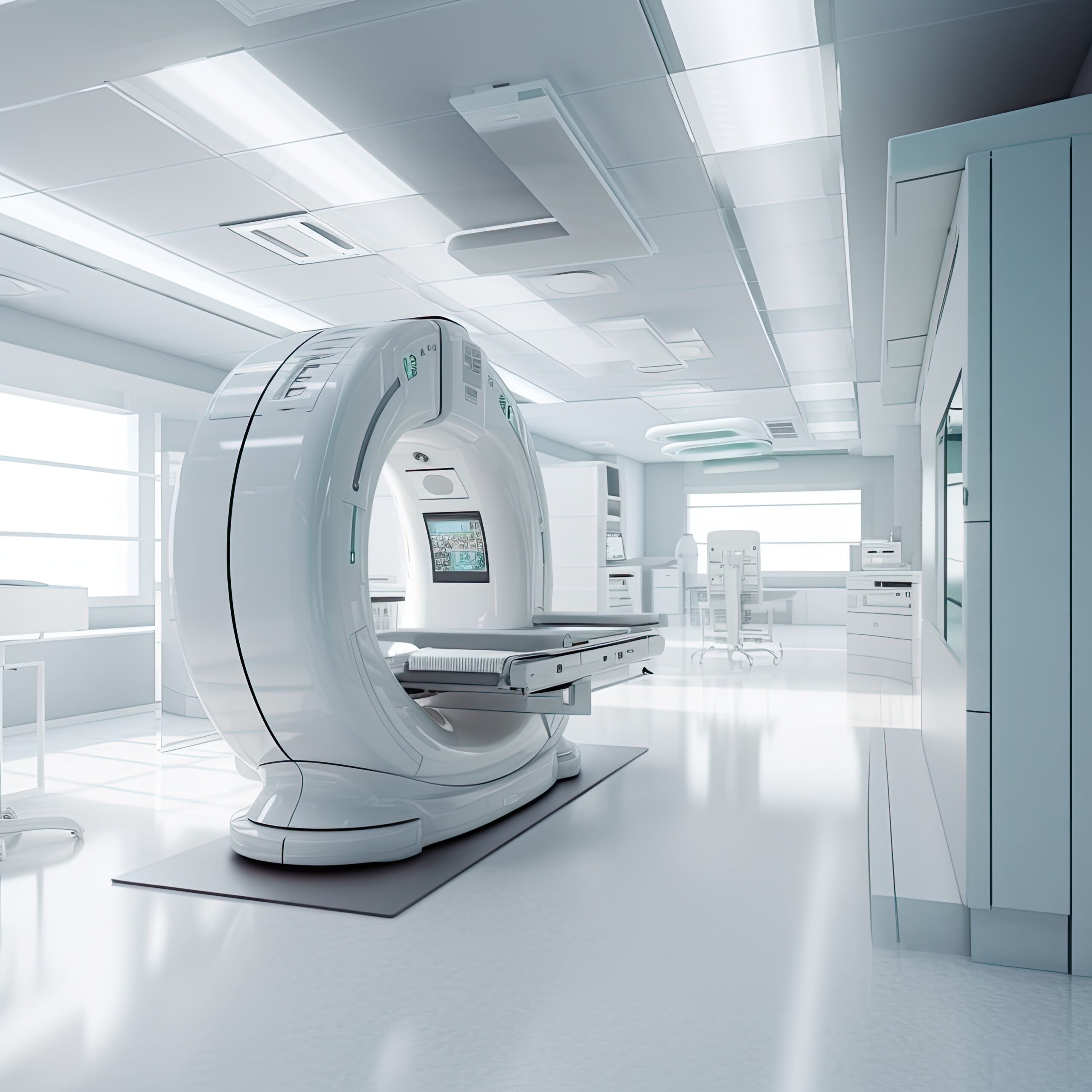Diagnostic imaging has undergone a remarkable transformation in recent years, thanks to advancements in technology. From faster scan times to more precise imaging capabilities, these innovations have drastically improved how we diagnose and treat a wide range of health conditions. In Miami, PET/CT and MRI imaging technologies are playing a critical role in this evolution, offering patients unparalleled diagnostic accuracy and contributing to better healthcare outcomes.
In this blog, we’ll explore the latest advancements in imaging technology, the benefits they bring to patients, and what the future holds for diagnostic imaging.

Technological Advances in Imaging
Diagnostic imaging has seen rapid technological advancements, particularly in the fields of Positron Emission Tomography (PET), Computed Tomography (CT), and Magnetic Resonance Imaging (MRI). These imaging techniques have evolved to provide highly detailed and precise images of the body’s internal structures, helping healthcare providers detect diseases at earlier, more treatable stages.
PET/CT Technology:
PET/CT is a hybrid imaging technology that combines the high-resolution anatomical imaging of CT with the functional imaging of PET. This dual-modality allows doctors to identify issues such as cancer, heart disease, and neurological disorders more accurately. PET scans detect metabolic and chemical changes in tissues, while CT scans provide detailed structural images. Together, they give a comprehensive view of the body’s condition, making it easier to diagnose and monitor diseases.
MRI Technology:
MRI has also seen vast improvements in both speed and resolution. The introduction of high-field MRI scanners has made it possible to capture incredibly detailed images of soft tissues, which is invaluable for diagnosing conditions like brain tumors, spinal cord issues, joint injuries, and more. MRI is non-invasive and doesn’t use radiation, making it a safer option for many patients. Recent advancements, such as functional MRI (fMRI), allow doctors to visualize brain activity, providing insights into neurological conditions.
Benefits to Patients
The rapid advancements in PET/CT and MRI technologies have resulted in numerous benefits for patients, ranging from faster diagnoses to better treatment planning.
- Early Detection: Enhanced imaging techniques allow for the detection of abnormalities at earlier stages. With PET/CT scans, doctors can identify cancerous growths even before they are visible on a traditional CT scan, providing patients with a better chance of successful treatment.
- Minimized Radiation Exposure: The latest MRI scanners provide excellent images without the need for radiation, reducing the health risks associated with prolonged exposure. Additionally, advances in CT imaging technology have also led to lower radiation doses while maintaining high image quality.
- More Accurate Diagnoses: The combination of anatomical and functional information from PET/CT scans ensures that doctors can accurately assess the severity and spread of conditions like cancer, improving treatment plans and overall patient outcomes. MRI technology also offers superior soft-tissue imaging, leading to more accurate diagnoses for conditions that may not be visible with other imaging techniques.
- Improved Patient Comfort: New MRI machines are quieter and more comfortable, and PET/CT scans typically have faster imaging times. This helps reduce anxiety and discomfort during scans, especially for patients who require multiple imaging sessions.
What’s Next in Imaging Technology
The future of diagnostic imaging looks even more promising with ongoing technological advancements. Here are a few developments that could revolutionize the field:
- AI-Powered Imaging: Artificial intelligence is already playing a major role in medical imaging, helping to detect abnormalities and speed up the diagnostic process. AI algorithms can analyze scan results faster than human radiologists, increasing the speed and accuracy of diagnoses, especially in areas like oncology and neurology.
- Improved Image Resolution: As imaging technologies continue to improve, we can expect even greater image resolution, enabling clinicians to identify smaller tumors or subtle changes in tissue. This will improve early diagnosis and more effective treatments for a variety of conditions.
- Portable Imaging Devices: The development of smaller, more portable imaging machines could bring advanced diagnostic technology to underserved or remote areas. These devices would allow for more convenient and immediate diagnostic results, improving healthcare accessibility.
- Personalized Medicine: The combination of advanced imaging technologies with genetic data could lead to more personalized and effective treatments. For example, PET scans may be used to evaluate how well a cancer patient is responding to specific treatments, allowing for real-time adjustments to their therapy.
Conclusion
Technological advancements in diagnostic imaging, particularly in PET/CT and MRI, are significantly improving patient care in Miami and around the world. These innovations are leading to earlier and more accurate diagnoses, better treatment options, and enhanced patient experiences. As imaging technology continues to evolve, we can expect even more exciting developments that will revolutionize healthcare.
PET/CT and MRI of Miami: Your Trusted Partner in Advanced Diagnostic Imaging
At PET/CT and MRI of Miami, we are committed to offering the latest in diagnostic imaging technology. With our state-of-the-art PET/CT and MRI scanners, you can be confident that your health is in expert hands. Schedule your appointment online today and take the first step towards a better understanding of your health. Our team is here to ensure that you receive the highest quality care, with personalized attention every step of the way.




